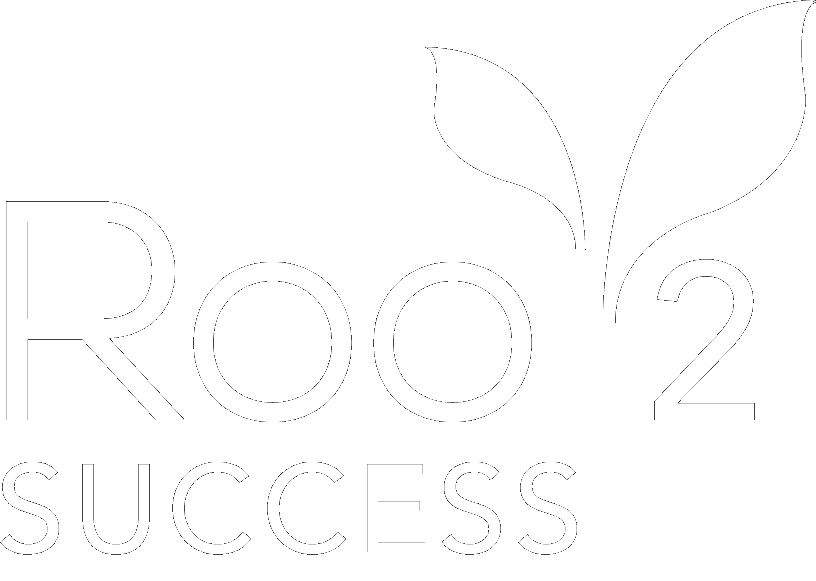Frequently Asked Questions
What is Hydroponics?
Hydroponics is the method of growing plants without soil. The plants thrive on the nutrient solution alone. The growing medium merely acts as support for the plants and their root systems, and help to hold moisture around the roots.
Is Hydroponics complicated?
Not at all - As long as you follow product directions and once you get used to the routine you will be amazed at how simple it is. There are more complicated set ups and systems out there once you get confortable.
What are the advantages of hydroponics versus soil grown plants?
No soil means there are no weeds or soil borne pests or disease. Plants will be able to achieve the optimum nutrient and moisture levels in the hydroponic system, this has several advantages: healthier plants, faster growing plants, and more resistant plants as they will not become stressed though lack of water or nutrition. The root systems will stay smaller in hydroponically grown plants; the plant will concentrate on developing plant mass and the desired fruit or flower; this can result in 30% faster growth. This will also enable the grower to have more plants in a given area. Hydroponically grown plants never get root bound, so will rarely need repotting. As hydroponics is clean, it can easily be used indoors or in a spare room as well as a greenhouse or conservatory.
What is NPK?
NPK is just an acronym for Nitrogen, Phosphorus and Potassium. These are three of the six macro-nutrients which are most essential for plant life. The others are Carbon, Hydrogen and Oxygen, but NPK are the ones needed in larger amounts for plants to grow.
The numbers, what do they mean?
Those represent the percentage of each nutrient in the fertiliser. For example, a 5-0-1 NPK ratio would be 5% Nitrogen, 0% Phosphorus and 1% Potassium.
What are A&B nutrients and why aren't they in one bottle?
A & B are the nutrients a plant needs, separated to make the solutions as concentrated as possible. You should always use A and B in equal amounts and never mix concentrated A & B together. Doing so will cause Calcium sulfate dihydrate (gypsum) to form.
Why is that an issue? Gypsum is at the very border of soluble substances in regular aqueous chemistry.
A & B are separated because otherwise a lot more volume would be needed to dissolve the available nutrients.
How strictly do I need to follow a feed schedule?
The feed schedules are guidelines we recommend you follow, especially if you're a new grower. Once you've gotten a few veg and bloom cycles under your belt, you'll have a better understanding of what to keep an eye on when it comes to your plants (i.e. pH, EC and general appearance) then adjust dosages as needed.
Which grow tent should I buy?
There are quite a few contenders out there but not all of them offer the same level of quality and durability. To make sure you’re getting the best grow tent possible, you need to do some research before making a purchase.
Our personal favourites are Budbox; Their Pro White models reflect far more PAR (Photosynthetic Active Radiation) than any Mylar material whilst simultaneously reducing troublesome hot spots.
BudBox's flat white material not only reflects more light directly to your plants, but reflects less of the overall unused spectrum and therefore less heat energy!
Their pro range also boasts some of the strongest grow tent frames in the game with the best anti-corrosion protection available! Everything from XL upwards feature 25mm in diameter, 1mm walled, tempered, high tensile, powder coated steel poles which give you all the strength needed to hang heavy filters and lighting rigs.
